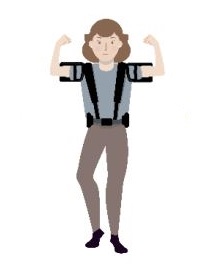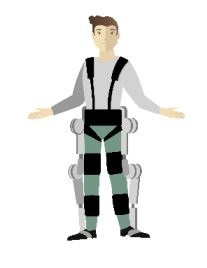Exoskeletons. Myths, legends and certainties
The exoesqueletos industrial are devices designed for attend people in the tasks that they carry out usually in its work positions. Its objective is to protect and to provide assistance to prevent excessive efforts and to minimise the fatigue.
There are some myths that they present them as magical solutions and that they provide to the exoesqueletos of certain powers as that ”lyou musculoskeletal problems 80%will be reduced”, that ”workers will charge sacks of 50 Kg without fatiguing” or that ”toumentará the production with less personal”. However, with the current development of this technology these extremes are not reached, but yes it is fair to say that they are designed in order to to help to the user in its work position and that really help in the development of some tasks, although it is necessary to take into account the impact for its implementation and the possible negative side effects generation.
It is significant therefore to know what are it exoesqueletos and for what serve exactly, as well as to carry out a deep analysis of its convenience and to have well-chosen indications of how to introduce them in a company.


